9/6
After 9/11, I taught a class in the World Trade Center collapse, looking at it as a trauma but also as a failure of engineering. Mostly, this reflects my mental state in the years after the event:
How did this happen?
If it seemed a miracle to me that there could be two towers, reaching 110 stories into the sky, it seemed even more unthinkable that they fell down.
There were attempts at explanation, in the early weeks after: the images below are from the Time magazines I bought after the event, trying to trace the causal relationships. Everyone wanted to know, what happened.
But the sequence of events, and the language used to talk about that sequence, were even trickier than they appeared, at the beginning. The reports issued by the government focused on the design of the towers. They explained the trusses that held the floors in place; they explained the heat generated by the burning jet fuel that melted the trusses. They explained the floors that fell, one on the next, “pancaking,” a verb that hid some of the reality of what happened.
The towers were engineered to survive the impact of an accidental plane collision. No one, the reports argued and demonstrated, could have expected the towers to be engineered to survive an intentional plane strike.
My students found this to be persuasive. I do too.
But…
I wanted to complicate things.
When the planes hit, they were aimed (largely) at the center of the buildings, I suppose because that is the easiest way to aim a vehicle moving at hundreds of miles an hour.
In one of the buildings, on the floor where the plane hit, only two of the three stairwells were bisected by the impact. (The stairwells were typically routed through the core of the building. One of them was rerouted to the perimeter for the mechanicals. The stairwell rerouted around the perimeter wasn’t bisected by the impact and so remained passable until the fire overtook it.) Seventeen people were able to escape the building via that stairwell.
There is no engineering reason to route stairwells through the core of the building. It’s just that the perimeter is more valuable real estate. A stairwell cannot be rented, and so the stairwell should be kept away from the perimeter.
If all of the stairwells had been on the perimeter, instead of the core, in both buildings, even more people might have been able to descend them to safety.
So, I asked my students, are the designers of the towers culpable for any of the deaths by virtue of their placement of stairwells? (The students always answered “no” — “culpable” was too strong.)
I asked differently: Did the placement of the stairwells result in the deaths of people in the towers? That question was much harder to answer. For me, it still is.
…
I teach writing for engineers, at the University of Minnesota Duluth, and in my classes, I try to remind the students that simple decisions can have life or death consequences.
…
It wasn’t long after 9/11, though, that we stopped trying to trace the “how.” Even the covers of Time in the weeks following moved us from event to ideology, as you can see below.
Recommended Links:
Leave a Comment
Only registered members can post a comment , Login / Register Here



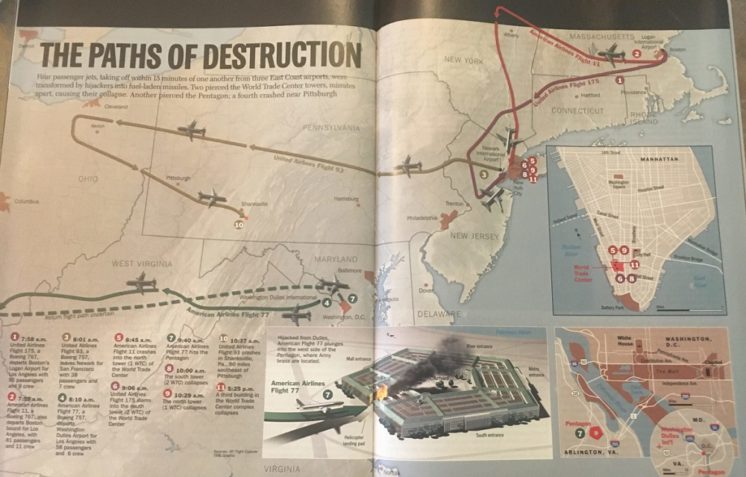
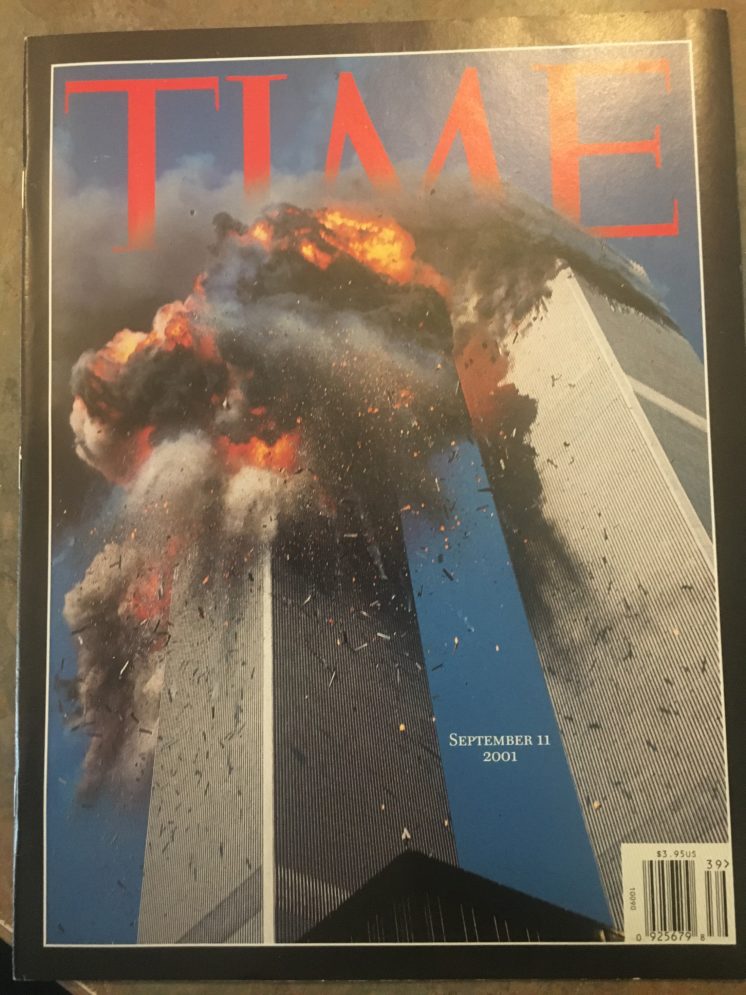
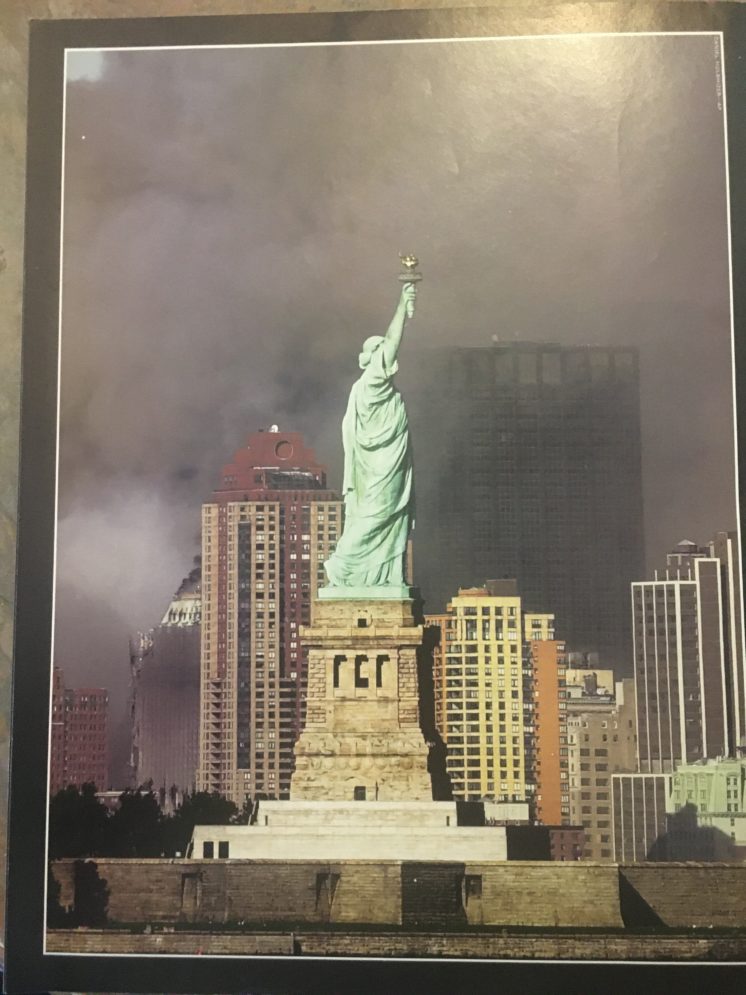

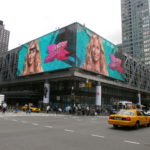

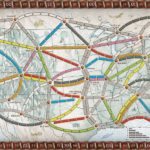









1 Comment
Dave Sorensen
about 3 years ago